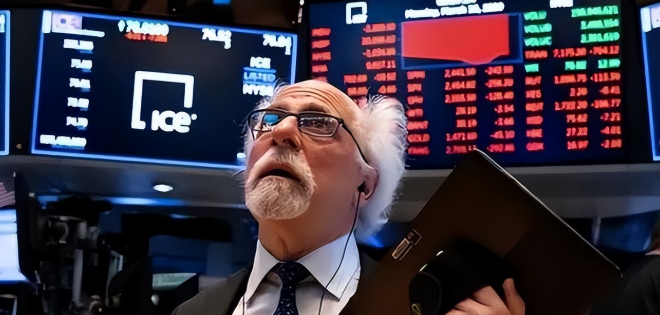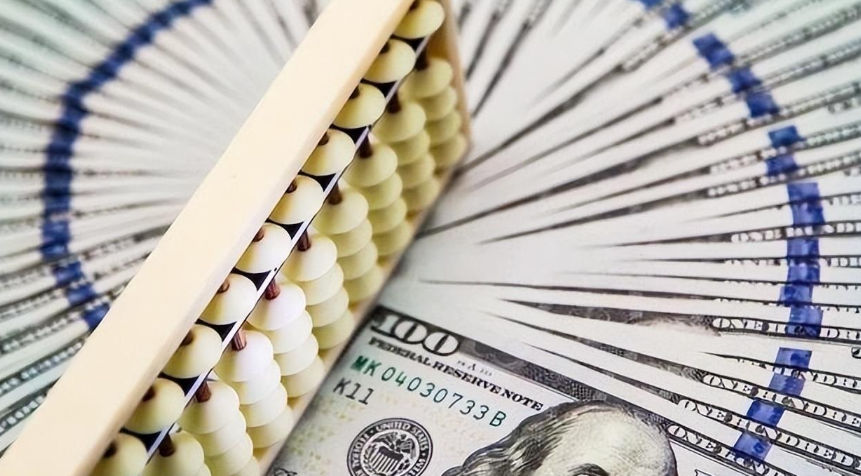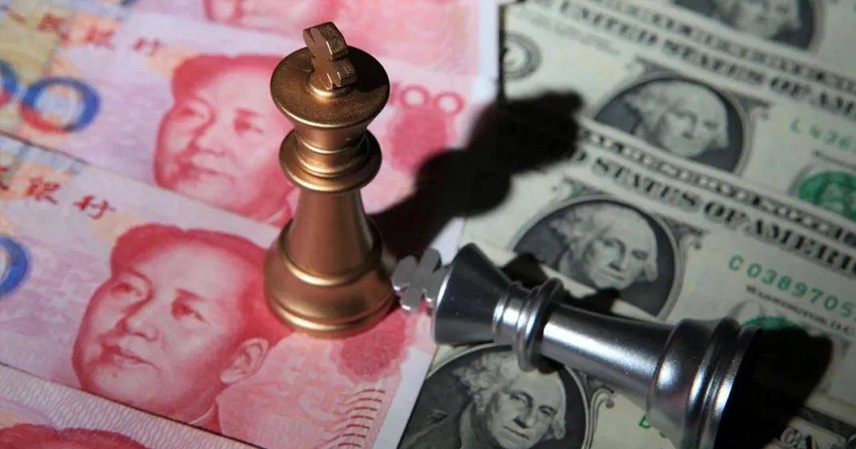In June 2025, foreign holdings of U.S. Treasury bonds reached a record $9.13 trillion, nearly $1 trillion more than last year.
At the same time, overseas institutions reduced their holdings of China’s interbank bonds for three consecutive months, cutting a total of 370 billion RMB. On the surface, it looks like a tit-for-tat game of “you sell mine, I sell yours,” but in reality, it reflects the complexity of global capital flows.
Why Are Foreign Investors Cutting Chinese Bonds? Profit-Taking Is the Main Reason
The most direct reason is profit-taking. With recent price volatility in China’s bond market, some investors chose to cash in.
This is nothing unusual—just like retail stock investors who sell after making a profit. Month-to-month or quarter-to-quarter fluctuations in foreign holdings are a normal market phenomenon.

From the bond types, reductions were concentrated in negotiable certificates of deposit (NCDs), government bonds, and policy bank bonds:
- NCDs fell by 13% (Aug–Nov).
- Government bonds by 9%.
- Policy bank bonds by 5%.
This doesn’t signal lost confidence in China’s economy, but rather normal position adjustments. Meanwhile, U.S. Treasuries were in hot demand.
Why Are Investors Flocking to U.S. Bonds? Safety in Uncertainty
In June, foreign investors increased U.S. Treasury holdings by $80.2 billion compared to May, pushing the total to $9.13 trillion.
The appeal lies in Treasuries’ safe-haven status. With economic uncertainty and volatility from Trump’s new tariffs, global investors preferred Treasuries as a shield.
- Japan remains the largest holder, at a record $1.147 trillion.
- The U.K. overtook China as the second-largest, holding $858.1 billion.
This isn’t blind optimism about the U.S. economy, but a defensive move.
The Bigger Picture: China’s Bond Market Is Huge
As of June 2025, overseas investors held 4.3 trillion RMB in Chinese bonds, accounting for just 2.3% of the total custody balance.
For perspective, China’s bond market exceeds $25 trillion, the world’s second-largest. Foreign outflows are merely a “drop in the ocean.”
Think of it as draining a bucket of water from a massive swimming pool—it hardly changes the water level.

The Third Wave of Allocations May Be Coming
Interestingly, while some cut holdings, others are preparing to increase exposure.
According to UBS Asset Management’s Asia Fixed Income head Guilin, since 2024 international investors have shown renewed interest in Chinese bonds—what he calls the “third wave of allocations.”
This apparent contradiction is easy to explain: short-term funds take profits, but long-term capital positions itself strategically.
UBS surveys also show that central banks worldwide continue to increase holdings of RMB and euro assets. These institutional investors move the truly big money.
Why China Bonds Offer Unique Value
One often-overlooked advantage of Chinese bonds is their low correlation with developed markets.
UBS data shows correlations between Chinese bonds and those of the U.S., U.K., Switzerland, and Japan are near zero or even negative.
Why? Because China’s economic and interest rate cycles differ from those of advanced economies.
For global investors, this offers diversification benefits. Like balancing a meal with meat and vegetables, a portfolio needs varied assets to spread risk. Chinese bonds provide exactly that.
Long-Term Support: RMB Internationalization
Since 2010, RMB internationalization has advanced rapidly: monthly cross-border RMB trade settlements rose from 200 billion RMB to 1.4 trillion RMB today.
China’s stable trade surplus—nearly $100 billion monthly—provides a strong foundation for RMB value. This trade strength makes RMB-denominated assets structurally attractive.
Currently, foreign investors hold just 2.3% of China’s bond market. Compare that to the 30%+ share foreigners hold in U.S. Treasuries. Clearly, the growth potential in China’s market remains vast.
Analysts predict steady inflows over the next 3–4 years, driven by market scale, openness, and low correlation.

Conclusion: A Healthy Market Has Both Buyers and Sellers
Short-term profit-taking by some investors is normal, but long-term allocations into China are quietly growing.
The real “big money”—central banks, pension funds, and insurance firms—is steadily increasing RMB exposure. Global capital flows are like ocean tides—ebbs and flows are natural.
What matters is that China’s bond market fundamentals are strong and resilient. A few short-term sell-offs are just ripples on the surface.
References
- Foreign Holdings of Chinese Bonds, H1 2023 – Henan Daily
- UBS Asset Management Asia Fixed Income Outlook, 2024–2025
- U.S. Treasury International Capital (TIC) Data, June 2025



